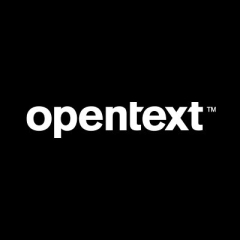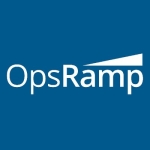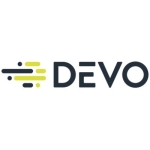What is most valuable?
I think what I'm really looking for is being able to get a faster root cause analysis for events and incidents that happen, including correlation of events across networks, servers, and applications across our infrastructure. We have a real hybrid landscape where we are on premises, as well as in the public cloud, across AWS, and in the Azure cloud. We want to make sure that we have our operations running brilliantly with fantastic up-times. We think that getting our resiliency right is possible, because we get faster root causes and event correlations that can actually come from the solution itself.
How has it helped my organization?
When we first transformed from being on premises to going significantly into the cloud, we had to go ahead and change a lot of our enterprise architecture and landscape. We needed to be networking very differently and to be leveraging virtual machines on the cloud very differently and in a cost-optimal way. This clearly meant that our internal IT had to operate very differently from what they were used to in the past. We needed to get them to change themselves and work differently so they could provide these kinds of services. IT needed to be able to give me the kind of resiliency, simplification, standardization, agility and the promise of the cloud with optimal cost. This was something which was important, and that's what it did to transform our IT.
What needs improvement?
I would like to see a lot more ease-of-use, as well as easier deployment of the product itself. Considering that the people who end up using these tools are much more cloud native for everything else, they would want to see something which is cloud native and as brilliant as some of the other products which are out there. That's something that I believe can be much better. I think HPE has this on their roadmap to actually get there.
What do I think about the stability of the solution?
Our level of implementation is not so deep as yet to be able to go ahead and say whether it's stable or unstable, but whatever I have seen it has been fairly stable.
Buyer's Guide
OpenText Operations Bridge
April 2025
Learn what your peers think about OpenText Operations Bridge. Get advice and tips from experienced pros sharing their opinions. Updated: April 2025.
850,671 professionals have used our research since 2012.
What do I think about the scalability of the solution?
We are a very large organization with 170,000 employees. This product completely scales to meet our needs. We have 4,000-plus network devices, about 2,000-plus on-premises servers and about 1,000 cloud-based virtual machines, all of which are managed through the HPE solution.
How are customer service and support?
I think we need to get a lot more depth to be able to see how much technical support we'd actually require. So far it's been okay, but I would think that when we get much deeper entrenched into HPE Operations Bridge and use it significantly, that's when we'll really need technical support and that's when we'll figure out how good or not so good it might actually be.
How was the initial setup?
Initial setup and deployment has been fairly complex. There are specialized skills and expertise required to run deployments. Once deployed, I think the solution is fairly robust for us to go ahead and use.
Which other solutions did I evaluate?
I was not involved in the actual buy decision when that was made some time ago, but I do know that there are competitors out there. But I think some of them would be more collaborators rather than competitors.
As an example, at a recent conference, Scott Guthrie from Microsoft talked about the OMS suite of products, and that’s amazing because we are on Azure. I know that OMS has a set of capabilities that the HPE suite doesn't. On the other hand, the HPE suite has some capabilities that are not there on OMS.
We really like the synergies between both of these products, HPE Operations Bridge and Microsoft OMS, going forward. That got me thinking that maybe I should get OMS as well so that we can do some of the things that I want to be able to go ahead and do on Azure. We're heavy on Azure anyway and we would then be able to get the best of both of product lines.
What other advice do I have?
Remember that Operations Bridge can do a lot, but it's fairly complex to get started with. It means getting people to adopt the product significantly for them to be able to maximize that kind of investment. Once it is in there, it's extremely robust. The kind of value it can provide to the business would be significant. It should be maximized by all businesses, so go ahead and invest in the suite itself for the enterprise.
I think HPE has a fairly good roadmap. They're taking advantage of the kind of movements that are happening in the cloud. Going hybrid IT means being able to bring the best of legacy services that you've always had, with the strength of the solution that you've always had, over to the newer technologies which are really disrupting.
Disclosure: My company has a business relationship with this vendor other than being a customer:














